Black & White in the exhibition Großstadt-Symphonie
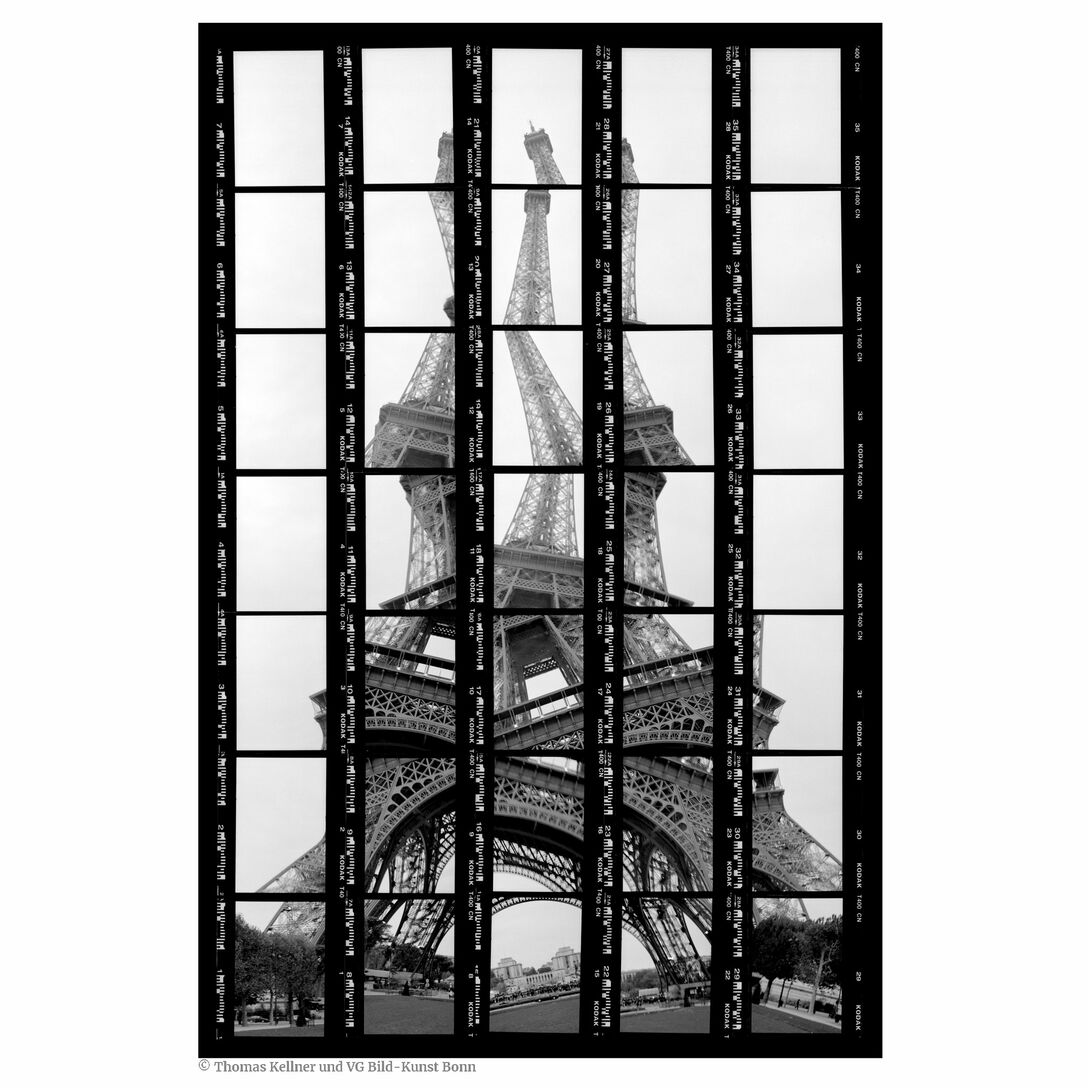
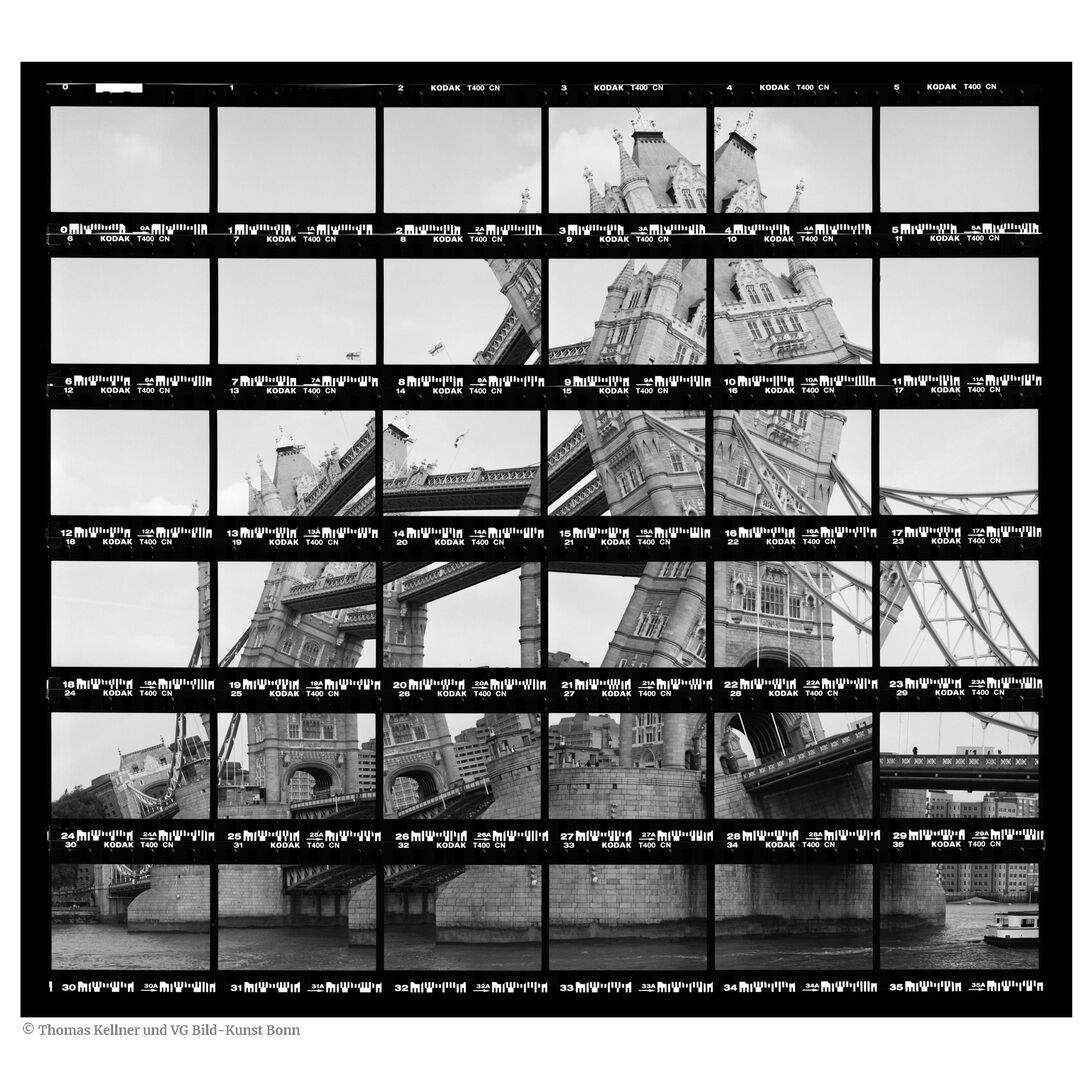
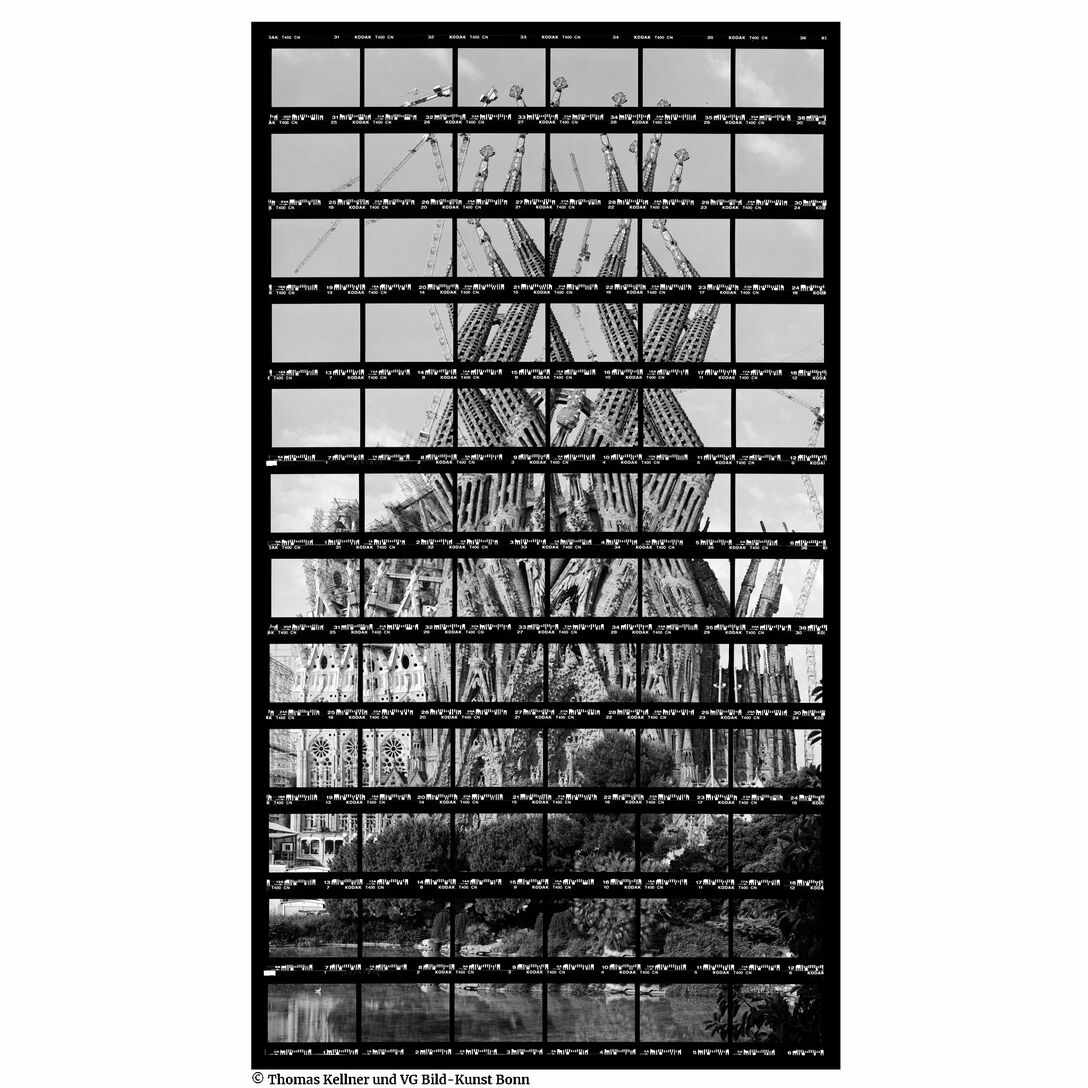
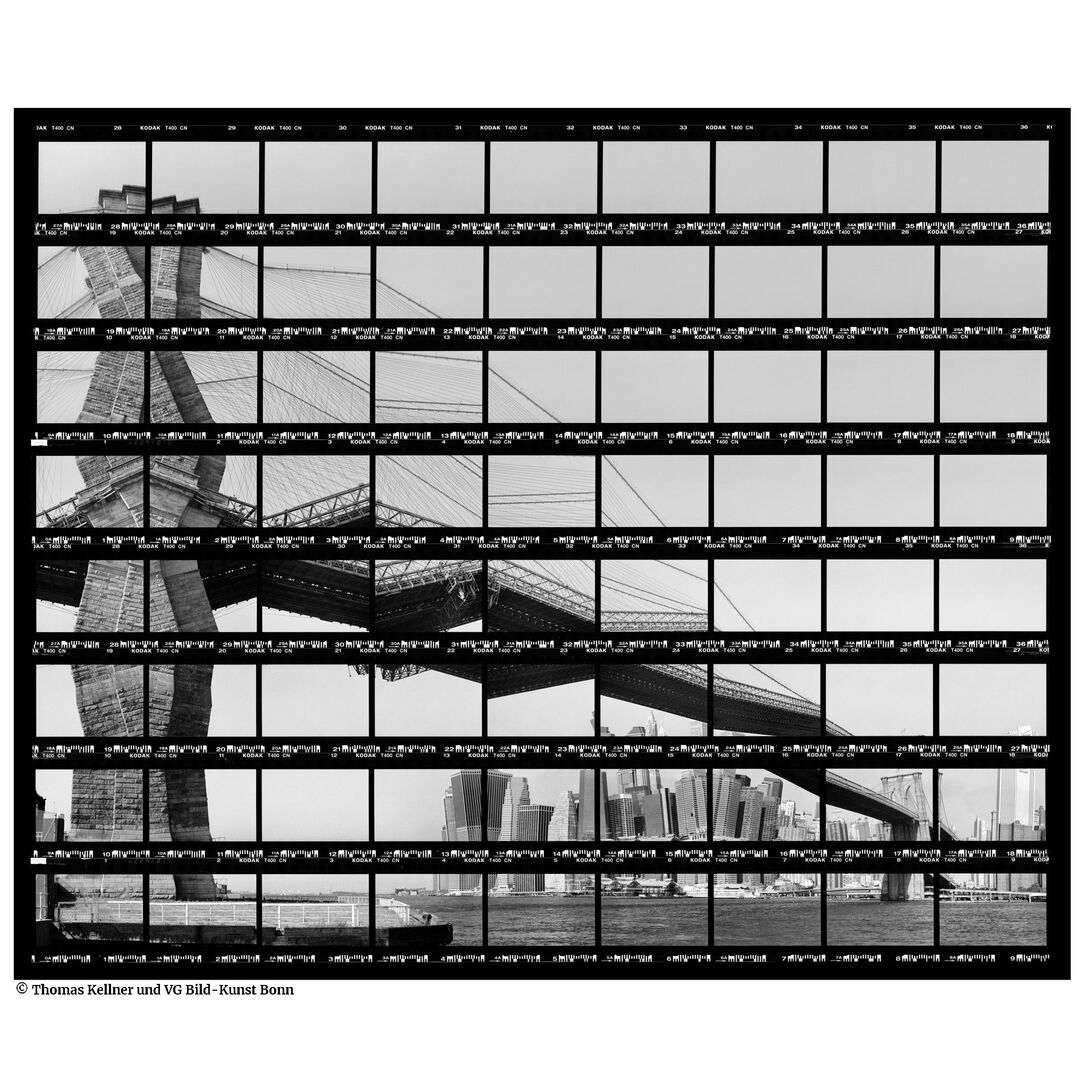
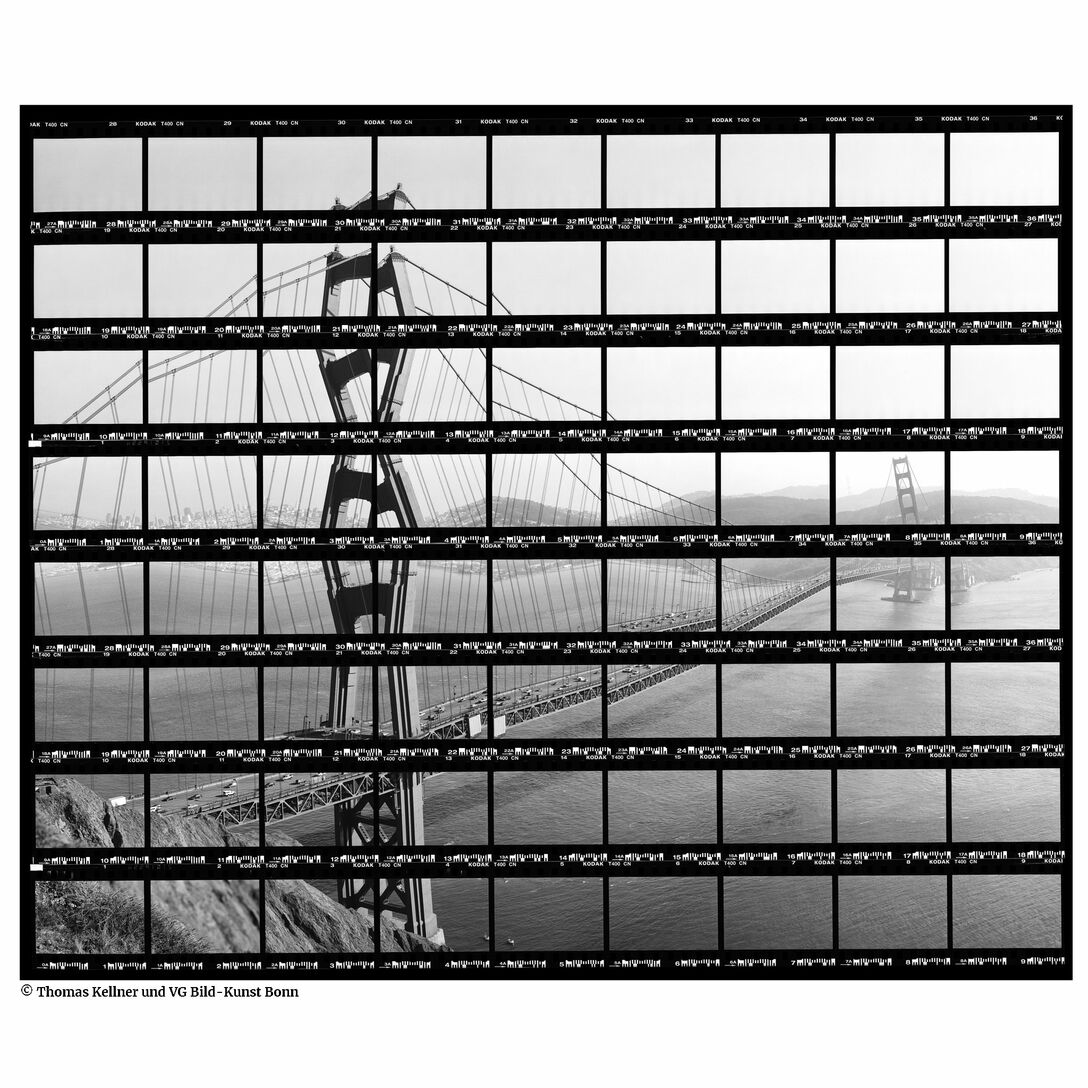
The starving ghosts and the classic works of Thomas Kellner
The beginnings of Thomas Kellner
In 1997, fine-art photographer Thomas Kellner took his first picture for his Black & White series. While taking photos he deconstructed the Eiffel Tower in the city of romance where the tower appears to be dancing. What many do not know, however, is that Kellner's very first works were created while he was working as a waiter in his early years. He experimented around and took a house as a template from a nearby town, Netphen which he divided into three parts. He also travelled to Cologne where he divided the Cologne Cathedral into hundreds of elements. His black and white past developed into a multi-perspective and deconstructivist visual language that functions as a sequential montage on contact sheets of the roll and 35mm film.
Black & White series
Black and white photography first spread in 1871 and became the first large format of visual mediums. Before color photography took over black and white photography in the 1930s it was the dominant form of cultural history. In his Black & White series Kellner focuses on architectural landmarks from all over the world. At first, the compositions were smaller where he used less films but as he expanded into the United States his images also grew in size. The striking part about his artworks is the ratio of the sizes. In his small works the objects emphasize their flexibility in motion, whereas the larger ones prove less movement.
His best-known work in the Black & White series is the Eiffel Tower of Paris which consists of nine photos in height and five in width. The illustration of the celluloid strips shows the work with a grid. Most people would suspect that Kellner merely cut up the finished image and then merged it with cubist features. The negative edge of the film strips forms the grid that connects with the dark shadows of the picture and merges in its appearance. You can read the abstract thoughts much easier than in his color photographs.
What exactly Kellner does in his art may not initially be logical for the viewer at first sight. He chooses a familiar building, draws up a sketch when he’s standing in front of the object and then photographs every single detail, which later appears as a composite image based on the film strips. By dividing the object, which already takes place while taking the picture, his art increases in cubist peculiarities. While shooting the picture Kellner mortifies the moment. He removes the central perspective and stops life in the frozen image. Some of his works may appear as if the great architectural landmark is surrounded by emptiness, or even just the opposite, people suddenly lose their legs or their heads have gone missing.
Term Medium
Photography has been one of the most widely used media since 1826 and it continues to accompany us in the constant flow of life nowadays. Everyone has the smartphone ready when it comes to capturing a special moment. Pictures are causing a flood in social media and the famous adage A picture is worth a thousand words gained popularity. But what does the term medium actually stand for? The definition can be derived from the Latin which means something like center. However, if you elaborate this, the medium stands for the mediator. It is the presence of the absence. According to Brockhaus from 1911, medium means: "Middle, medium, something mediating [...] in spiritism the person who mediates the spirit manifestations" (Medium, Brockhaus' Kleines Konversations-Lexikon (Leipzig, 1911), Fifth edition, vol. 2, 155). We know that something is present or absent and that there is no third. The ghost, however, is a figure of the third who connects rationally separate spheres with one another. In religion we encounter the third figure as well - the Father, the Son and the Holy Spirit. If you compare the ghosts with the media, in our context with photography, it would mean that ghosts (and images) reflect the social and cultural phenomena in dealing with the inexplicable and repressed.
Famous writer Franz Kafka was already convinced that ghosts would not starve to death. In his letter to his confidante, Milena, he wrote: “You can think of a distant person and grasp someone close to you. Everything else is about human power” (Franz Kafka, Spring essay: Milena Jesenká," Klobouky na jaro. Dopis z Vidn?” (1922), No. 47, 1). For Kafka using a medium means to expose oneself, which the ghosts would greedily wait for. Eventually, all of this seems a little familiar to us when we use a medium, when writing a letter, sending a message on Facebook or watching a film adaptation of a famous book where the context and the way it is conveyed is modified. And this process is stressed in Kellner's works. He purposely reconstructs the building in a certain way so that we can look at it from other perspectives. As a result, we take a close look at every single picture meanwhile Kellner arouses curiosity in us which urges us to the sights to examine the special features of Kellner's artworks. In order to take up mortification in photography, Kellner does not destroy the world, he rather revives dead material and thus changes the view of the sights (Freddy Langer, A tower begins to dance (Frankfurt: Frankfurter Allgemeine, 2016), R6).
Links about the exhibition in Aschaffenburg
Contact
Neuer Kunstverein Aschaffenburg e.V.
Landingstrasse 16
DE 63739 Aschaffenburg
+49 6021 299278
nkvaschaffenburg@t-online.de
www.kunstlanding.de
Author
Michelle Hewett, born September 12, 1995 in Flensburg
Studies: Literary, Cultural and Media Studies
Internship: 2020 at studio Thomas Kellner
Special interests: Movies, Literature, Culture, Travelling
Goals: To live in America one day








